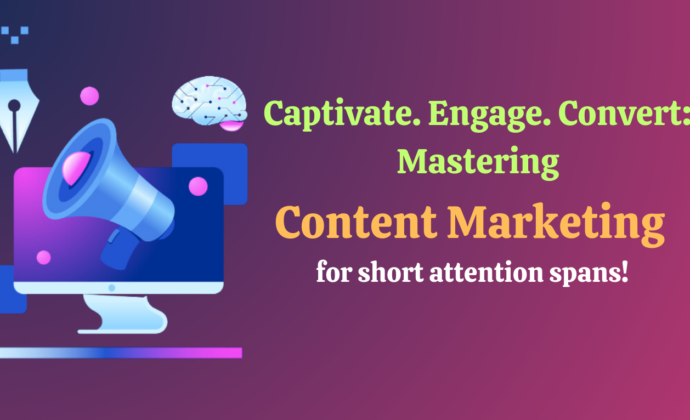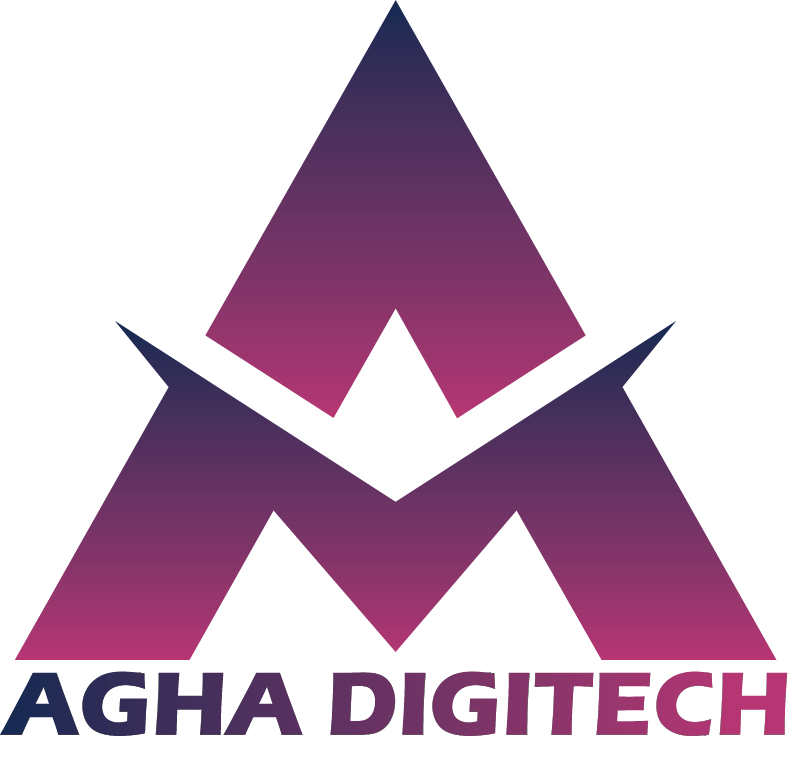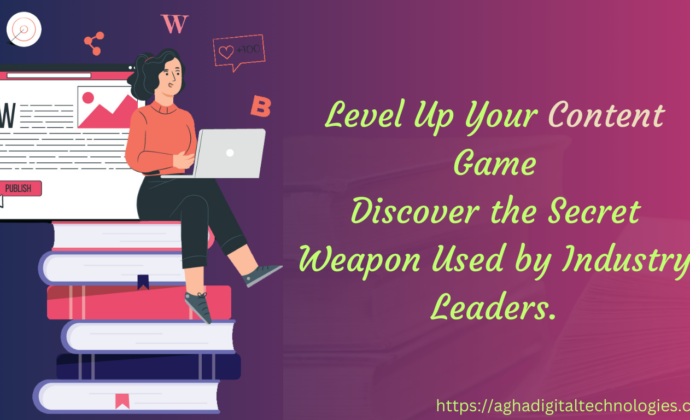Content Marketing Strategies in the Age of Short Attention Spans

In today’s digital landscape, where information flows endlessly and distractions abound, capturing and retaining audience attention has become an increasingly formidable challenge. The rise of short attention spans, fueled by the ubiquity of mobile devices and social media, has profoundly reshaped the way we consume content. As a result, businesses and content creators alike must adapt their content marketing strategies to thrive in this ever-evolving environment.
Phenomenon of Short Attention Spans
The concept of short attention spans is not a new one, but it has been exacerbated by the advent of technological advancements and the constant influx of information. People are now bombarded with an overwhelming amount of content from various sources, leading to a higher propensity for distraction and a decreased ability to focus for extended periods.
According to a study by Microsoft, the average human attention span has decreased from 12 seconds in the year 2000 to a mere 8 seconds in 2015, which is shorter than the attention span of a goldfish. This phenomenon has profound implications for content creators and marketers, as they must now compete for attention in an increasingly crowded and noisy digital landscape.
The Importance of Captivating Content
In the face of short attention spans, creating captivating and engaging content is paramount. Content marketing strategies must prioritize grabbing and retaining the audience’s attention from the outset. This can be achieved through various techniques, such as:
- Compelling Headlines: Crafting headlines that pique curiosity and promise valuable information is crucial for enticing readers to engage with your content.
- Attention-Grabbing Visuals: Incorporating visuals, such as images, videos, and infographics, can instantly capture attention and make your content more memorable and engaging.
- Storytelling: Weaving your message into a compelling narrative can captivate readers and make your content more relatable and memorable.
- Interactive Elements: Incorporating interactive elements, such as quizzes, polls, or gamification, can increase audience engagement and foster a more immersive experience.
The Power of Bite-Sized Content
In the era of short attention spans, bite-sized content has emerged as a powerful tool for content creators and marketers. This approach involves breaking down larger pieces of information into smaller, more digestible chunks that are easier for the audience to consume and retain.
Bite-sized content can take various forms, including:
- Social Media Updates: Platforms like Twitter, Instagram, and TikTok have popularized the concept of short-form content, making it an ideal avenue for sharing bite-sized updates and engaging with audiences in a concise and attention-grabbing manner.
- Microblogging: Services like Tumblr and Medium have facilitated the growth of microblogging, allowing creators to share their thoughts, ideas, and stories in a more condensed and easily consumable format.
- Infographics: Well-designed infographics can effectively communicate complex information in a visually appealing and easily digestible way, catering to audiences with shorter attention spans.
- Video Snippets: Short, engaging video clips have become increasingly popular, as they can convey information quickly and effectively, making them ideal for audiences with limited time and attention.
The Role of Personalization and Relevance
In the age of short attention spans, personalization and relevance play crucial roles in capturing and retaining audience attention. By tailoring content to specific interests, preferences, and behaviors, businesses can increase the likelihood of resonating with their target audience and fostering a deeper connection.
Personalized content can take many forms, including:
- Targeted Emails: Leveraging data and customer insights to craft personalized email campaigns that address individual interests and pain points can significantly improve engagement and click-through rates.
- Recommended Content: Utilizing algorithms and user behavior data to suggest relevant and personalized content can enhance the user experience and increase the chances of sustained engagement.
- Targeted Advertising: By leveraging data-driven targeting, businesses can serve highly relevant and personalized advertisements to their desired audience, increasing the likelihood of capturing their attention and driving conversions.
- Customized User Experiences: Offering tailored user experiences based on individual preferences, browsing history, and behavioral data can create a seamless and engaging journey that resonates with each user’s unique needs and interests.
The Importance of Mobile Optimization
With the proliferation of mobile devices and the increasing consumption of content on the go, optimizing for mobile experiences has become a critical component of effective content marketing strategies. Mobile optimization involves ensuring that your content is easily accessible, visually appealing, and highly functional across various mobile devices and screen sizes.
Key considerations for mobile optimization include:
- Responsive Design: Implementing a responsive web design that automatically adjusts and adapts to different screen sizes and orientations, ensuring a seamless and user-friendly experience across devices.
- Load Times: Optimizing page load times is crucial for mobile users, as slow-loading content can lead to frustration and abandonment. Techniques like image compression, code minification, and leveraging browser caching can significantly improve load times.
- Mobile-Friendly Formatting: Ensuring that your content is formatted and presented in a way that is easily readable and navigable on smaller screens, including considerations for text size, layout, and touch-based interactions.
- Mobile-First Approach: Adopting a mobile-first mindset when creating and distributing content can help ensure that your audience’s mobile experience is prioritized from the outset, rather than being an afterthought.
The Role of Data and Analytics
In the ever-evolving landscape of content marketing, data and analytics have become invaluable tools for understanding audience behavior, optimizing strategies, and making informed decisions. By leveraging data and analytics, businesses can gain insights into their audience’s preferences, engagement patterns, and content consumption habits.
Effective data and analytics strategies can involve:
- Web Analytics: Utilizing tools like Google Analytics to track website traffic, user behavior, and content performance can provide valuable insights for optimizing content marketing strategies.
- Social Media Analytics: Monitoring and analyzing social media metrics, such as engagement rates, reach, and audience demographics, can help businesses understand the effectiveness of their social content marketing efforts.
- A/B Testing: Conducting A/B tests on various elements of your content, such as headlines, visuals, and call-to-actions, can help identify the most effective approaches for capturing and retaining audience attention.
- Audience Segmentation: Leveraging data-driven audience segmentation techniques can help businesses tailor their content to specific audience groups, increasing the relevance and effectiveness of their content marketing strategies.
The Role of Influencer Marketing
In the age of short attention spans, leveraging the power of influencer marketing can be a highly effective strategy for capturing audience attention and fostering engagement. Influencers, with their established audiences and credibility, can help businesses reach new audiences and lend an authentic voice to their messaging.
Successful influencer marketing strategies may involve:
- Identifying Relevant Influencers: Carefully researching and identifying influencers who align with your brand values, target audience, and content themes can ensure a more genuine and resonant partnership.
- Authentic Collaborations: Fostering authentic collaborations with influencers, where they have creative freedom and can genuinely endorse your products or services, can lead to more impactful and engaging content.
- Influencer-Generated Content: Encouraging influencers to create their unique content featuring your brand or products can add a fresh perspective and help capture the attention of their dedicated followers.
- Influencer Takeovers: Allowing influencers to temporarily “take over” your brand’s social media channels or content platforms can provide a fresh voice and captivating content for your audience.
The Importance of Consistent Branding
Amid short attention spans and content oversaturation, maintaining a consistent and recognizable brand presence is crucial for standing out and fostering audience loyalty. Consistent branding across all content marketing touchpoints can help establish a strong identity and create a sense of familiarity with your audience.
Effective branding strategies may include:
- Visual Consistency: Developing and adhering to a cohesive visual brand identity, including logos, color schemes, and design elements, can enhance brand recognition and reinforce your messaging.
- Tone and Voice: Establishing and maintaining a distinct brand voice and tone across all content platforms and marketing materials can help create a consistent and recognizable brand personality.
- Brand Storytelling: Crafting a compelling brand story and consistently weaving it into your content can help foster emotional connections with your audience and reinforce your brand values.
- Cross-Channel Integration: Ensuring brand consistency across various channels, including social media, email, website, and offline marketing, can create a seamless and cohesive brand experience for your audience.
The Importance of Repurposing Content
In the age of short attention spans, repurposing and recycling existing content can be a highly effective strategy for maximizing reach and engagement. By presenting the same core message or information in different formats and across multiple platforms, businesses can cater to diverse audience preferences and increase the chances of capturing their attention.
Effective content repurposing strategies may include:
- Content Atomization: Breaking down larger pieces of content, such as blog posts or whitepapers, into smaller, bite-sized formats like social media updates, infographics, or video snippets, can make the information more accessible and shareable.
- Multimedia Adaptations: Transforming written content into multimedia formats, such as podcasts, videos, or webinars, can appeal to different learning styles and preferences, while also providing a fresh perspective on the same topic.
- Cross-Platform Distribution: Strategically distributing repurposed content across various platforms, such as social media, email newsletters, and content hubs, can increase its visibility and reach new audience segments.
- Evergreen Content Updates: Regularly updating and refreshing evergreen content with new information, statistics, or perspectives can help keep it relevant and continue to attract attention over time.
The Role of User-Generated Content
In the era of short attention spans, user-generated content (UGC) can be a powerful tool for fostering engagement and capturing audience attention. By empowering your audience to contribute their content, experiences, and perspectives, businesses can tap into a wellspring of authentic and relatable material that resonates with their target audience.
Effective UGC strategies may include:
- Social Media Campaigns: Encouraging users to share photos, videos, or stories related to your brand or products through social media campaigns and contests can generate a wealth of engaging, user-generated content.
- Customer Reviews and Testimonials: Showcasing genuine customer reviews and testimonials on your website, social media channels, or marketing materials can lend credibility and authenticity to your brand, while also providing valuable insights for potential customers.
- Community Forums and Discussions: Facilitating online communities and forums where users can share their experiences, ask questions, and provide feedback can foster engagement and generate a continuous stream of user-generated content.
- Co-Creation Initiatives: Collaborating with your audience to co-create products, services, or marketing campaigns can tap into their collective creativity and generate a sense of ownership and investment in your brand.
The Importance of Continuous Experimentation
In the rapidly evolving landscape of content marketing, continuous experimentation and adaptation are essential for staying ahead of the curve and effectively capturing audience attention. As audience preferences, behavior, and technology continue to evolve, businesses must be willing to test new strategies, analyze results, and iteratively refine their approaches.
Effective experimentation strategies may involve:
- A/B Testing: Regularly conducting A/B tests on various elements of your content, such as headlines, visuals, call-to-actions, and formatting, can help identify the most effective approaches for capturing and retaining audience attention.
- Emerging Platform Exploration: Continuously monitoring and experimenting with emerging content platforms and channels can help businesses stay ahead of the curve and capitalize on new opportunities to reach and engage their target audience.
- Content Format Experimentation: Testing different content formats, such as live videos, augmented reality experiences, or interactive storytelling, can help businesses identify novel and captivating ways to present their messaging.
- Audience Feedback and Insights: Actively soliciting and analyzing audience feedback and insights through surveys, focus groups, or social media interactions can provide valuable data for refining and optimizing content marketing strategies.
Final Thought
In the age of short attention spans, businesses must adapt their content marketing strategies to capture and retain audience attention effectively. By embracing techniques such as bite-sized content, personalization, mobile optimization, data-driven insights, influencer marketing, consistent branding, content repurposing, user-generated content, and continuous experimentation, companies can create captivating and engaging experiences that resonate with their target audiences.Successful content marketing in this era requires a mindset of agility, innovation, and a deep understanding of audience behaviors and preferences. By staying attuned to the ever-evolving landscape and continuously refining their approaches, businesses can not only capture attention but also foster lasting connections with their audiences, driving brand loyalty and sustained growth.
 Free Consultation
Free Consultation


